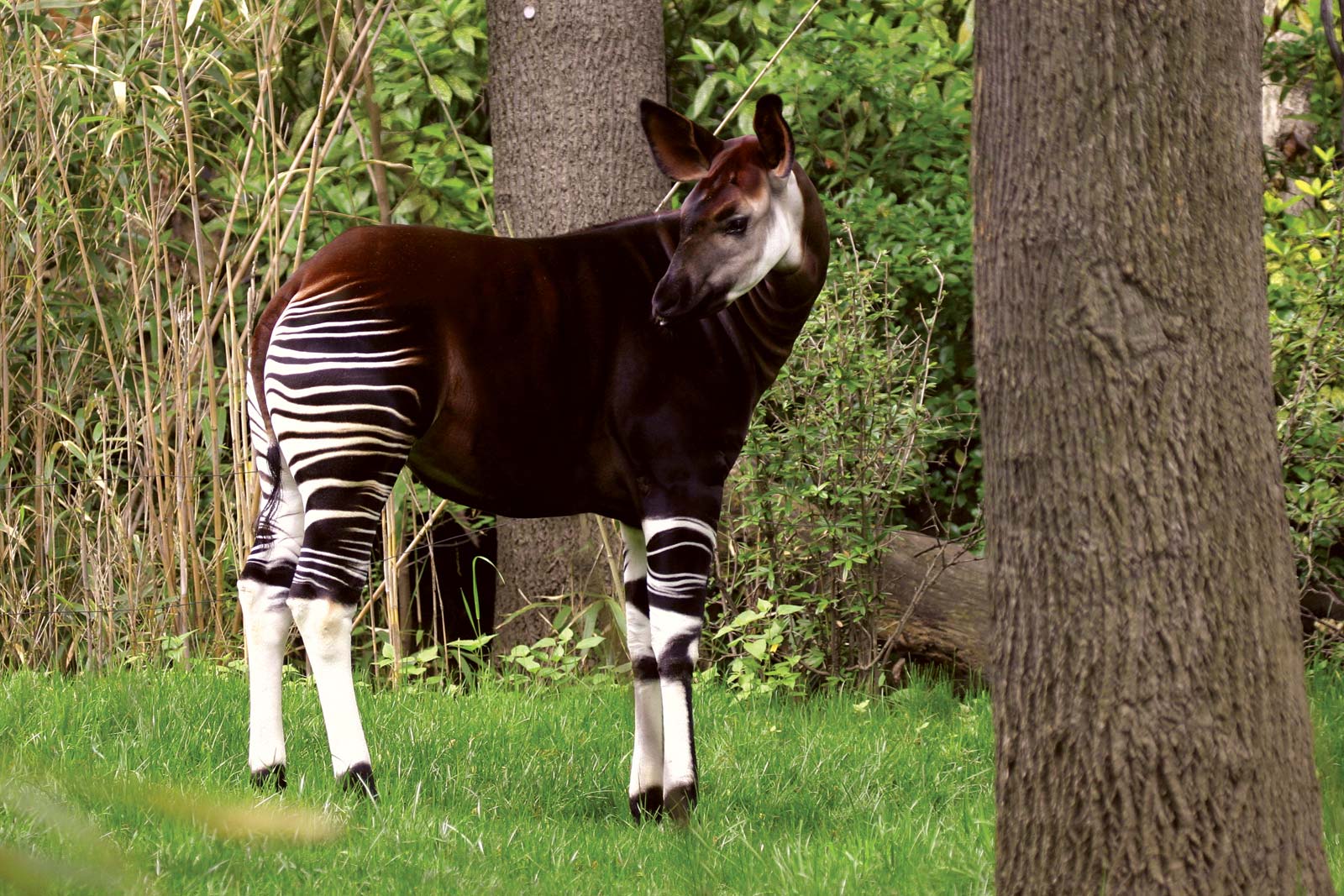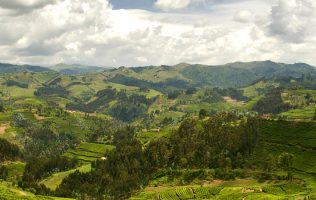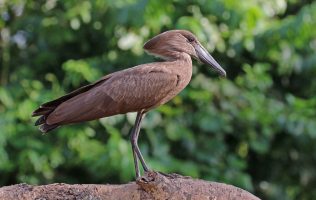They are the only living relatives of the giraffe both are in the Giraffidae family with giraffedes in the Giraffa genus and okapi in the okapia genus.
Giraffidae are ruminants and share a common ancestors with deer and bovids. On first sight ,the two Giraffidae look quite different but share a number of similar features including along dark colored tongue.in the okapi the tongue can measure between 14 &18 inches long &they can lick their own ears & eyelids.
Unlike their giraffe relatives,okapi are not found in open savannas but instead live in dense rain-forest. Currently they are only found in DRC but in the recent past they were found in the Semilki forest of Uganda.
it was named okapi after the local word ‘Oapi” and ‘jonstoni in recognition of the British governor of Uganda,sir harry Johnston,who acquired an okapi specimen in 1901.
Okapi are solitary animals,though their home ranges will overlap.these ranges average 3-5km for adult females and up-to 13km for adult males.
okapi are hunted for meat &skins and a major threat to this species is habitat loss due to logging and human settlement.
Okapi gestation period lasts between 14 – 16 months and a female okapi gives birth to one calf.this calf stays in one place for the first 6 to nine weeks to avoid leopards.
To stay in contact with their calves in the dense rain-forest,female okapi produce an infrasonic call at around 14Hz which cannot be heard by humans.
Female okapis become sexually mature at about one and half years while the male reach maturity after two years.RUT males & ESTROUS in females doesn’t depend on the season.
Latest on Travel Blog
-

09 Mar Fascinating landscapes and best ways to view Kigali city and some parts ...
Facebook Twitter LinkedIn WhatsApp Ubumwe hotel. It’s one of the tallest building on one of the tallest or ...
READ MORE -

28 Feb What to carry and wear during an African safari
Facebook Twitter LinkedIn WhatsApp Deciding what to wear on a safari is easier said than done. The weather ...
READ MORE -

25 Feb Hamerkop (Scopus Umbretta)
Facebook Twitter LinkedIn WhatsApp The hamerkop is a compulsive nest builder & will construct three to five nests ...
READ MORE




